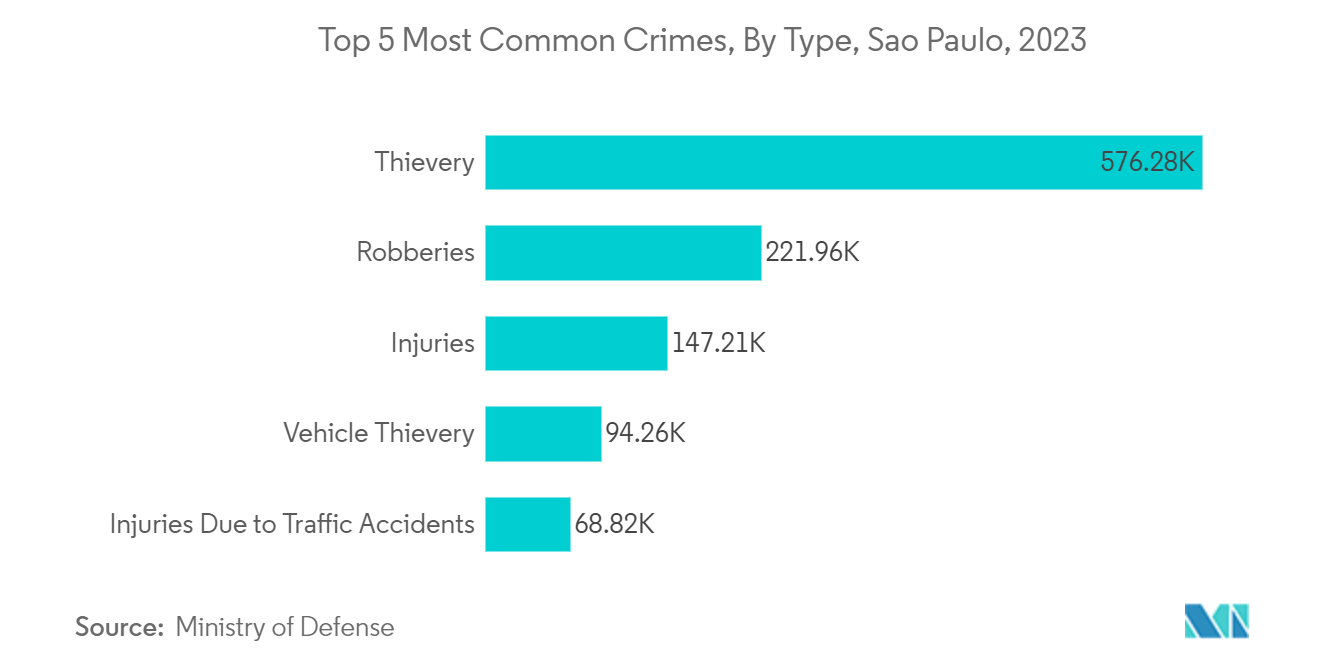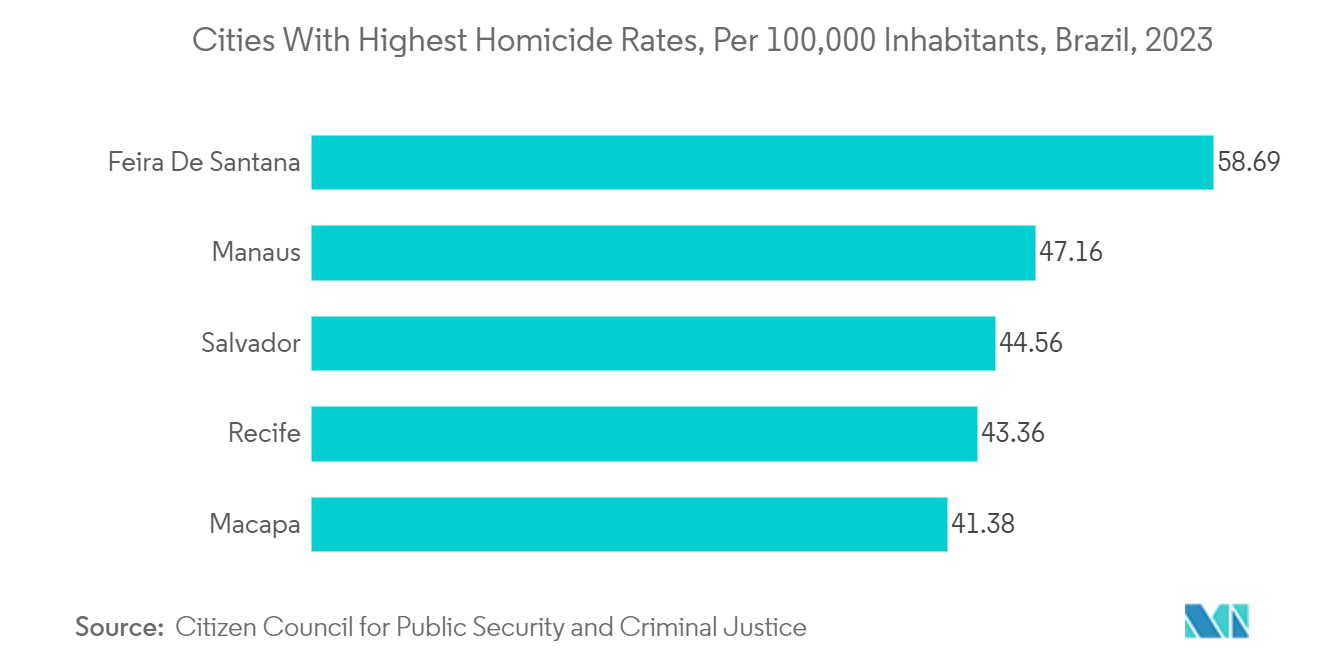Market Trends of Brazil Surveillance Analog Camera Industry
Cost Effectiveness and Affordability of Analog Cameras Driving the Demand
- Many municipal governments in Brazil face stringent budgetary constraints, making investing in extensive surveillance systems challenging. Analog cameras, being more cost-effective than their IP counterparts, emerge as a pragmatic choice. Prioritizing cost-effectiveness, public safety initiatives opt for analog cameras, leveraging their lower initial outlay to achieve broader coverage in urban areas.
- Retail businesses grapple with ongoing challenges related to theft and loss prevention. Analog cameras, adept at monitoring store interiors, entry points, and checkout areas, emerge as a budget-friendly solution, aiding theft deterrence and loss management.
- Given their limited financial resources, SMEs find the affordability of analog cameras especially attractive. Opting for analog over IP cameras, these businesses can deploy comprehensive surveillance systems without incurring excessive costs. In cities like Sao Paulo, crimes such as theft and robbery are prevalent, with over 576,000 theft cases reported in 2023.
- As reported by Agencia Brazil, Brazil boasts over 29 million MSMEs and micro and small businesses alone, contributing to 71% of the 1.5 million new formal jobs created between January and September 2023. Thus, the demand for cost-effective security solutions is pronounced. Analog cameras, being scalable, cater well to the needs of these expanding businesses.
- Homeowners and residential complexes, increasingly aware of the need for property security, are turning to affordable solutions. The simple installation process of analog cameras cuts costs and aligns well with the budget constraints of community-driven safety initiatives. These cameras empower local groups to vigilantly and economically monitor their neighborhoods.

Government Sector to Remain a Significant Demand Driver
- The Brazilian government has rolled out a comprehensive national public security plan to bolster public safety and combat rising crime rates. A cornerstone of this strategy involves the widespread deployment of surveillance networks in urban areas. These networks serve a dual purpose: deterring criminal activities and bolstering the overall security landscape.
- Major cities like Sao Paulo, Rio de Janeiro, and Belo Horizonte have established surveillance networks as part of their urban security strategies. Additionally, cities such as Feira De Santana, Manaus, Salvador, Recife, Macapa, and many others have the highest homicide rates in the country. These networks rely heavily on analog cameras to provide continuous monitoring of streets, public squares, transportation hubs, and other critical areas.
- Recognizing the pivotal role of transportation in national development, the Brazilian government has substantially invested in upgrading its infrastructure. Under the government's Growth Acceleration Program (PAC), a staggering USD 200 billion has been earmarked for infrastructure, energy, and transportation projects over the next few years. Given these investments, surveillance cameras have become indispensable, especially in securing the country's public transport systems.
- Recent attacks on educational institutions have prompted the government to intensify its focus on school security and curb violence incitement. Schools and universities under government purview have turned to surveillance tools. These tools not only monitor campus activities but also serve as a deterrent against vandalism and unauthorized access, fostering a safer learning environment.
- Furthermore, as part of its 'smart city' endeavors, Brazil's municipalities are embracing cutting-edge technologies for urban management. Surveillance systems, particularly analog cameras, are at the forefront of these initiatives. They offer real-time data and monitoring capabilities, bolstering both management efficiency and public safety.


